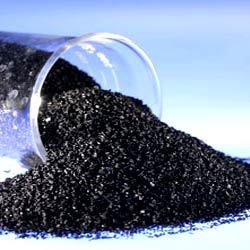
My high school best friend was getting married in Italy. She hosted a BBQ wedding on a piece of big grassland. Honestly, I wasn’t really interested in joining the party at the beginning as it took me 12 hours to land there. But turned out this trip and the party were so much wonderful.
The BBQ party was the highlight of the wedding and it started at evening. The fuel they used was coconut shell charcoal instead of gas or coal. This reflected the couple as Earth lovers and the wedding theme as natural. One of the benefits using coconut shell charcoal is that there’s no smoke. Guests could chat and socialise easily without being “covered” by the smoke.
Because of the consistent heat for over four hours using coconut charcoal made it a very a convenient method of barbecuing (and also economical). There’s no need for anyone to replenish the grill with more fuel during cooking. After the party, there was little ash produced that allowed us to clean grill a lot easier after barbecuing.
This really inspired me and I tried to use the same fuel for barbecuing with my kids after going home. Well, I can say, coconut charcoal is definitely one of the cleanest and cheapest ways of enjoying a grilling meal. It’s really something which should be given a thought as once you switch to coconut charcoal you won’t feel like trying another fuel for your grill. There’s no health risk, which is my particular concern for the kids, and the meat tastes just as it is. I even find it amazing as there’s no interruption in the middle to refuel my BBQ.
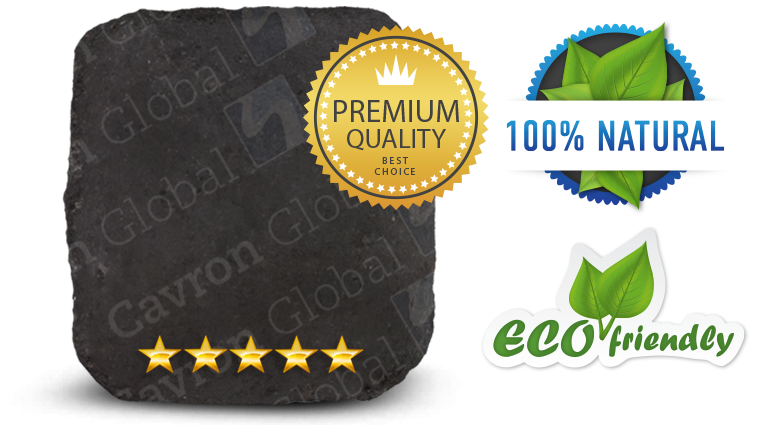
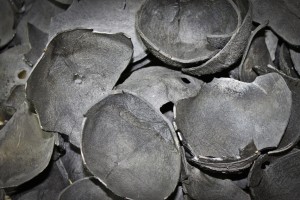
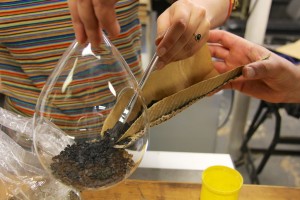
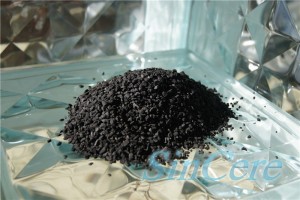


 Smoke Solution>
Smoke Solution>

